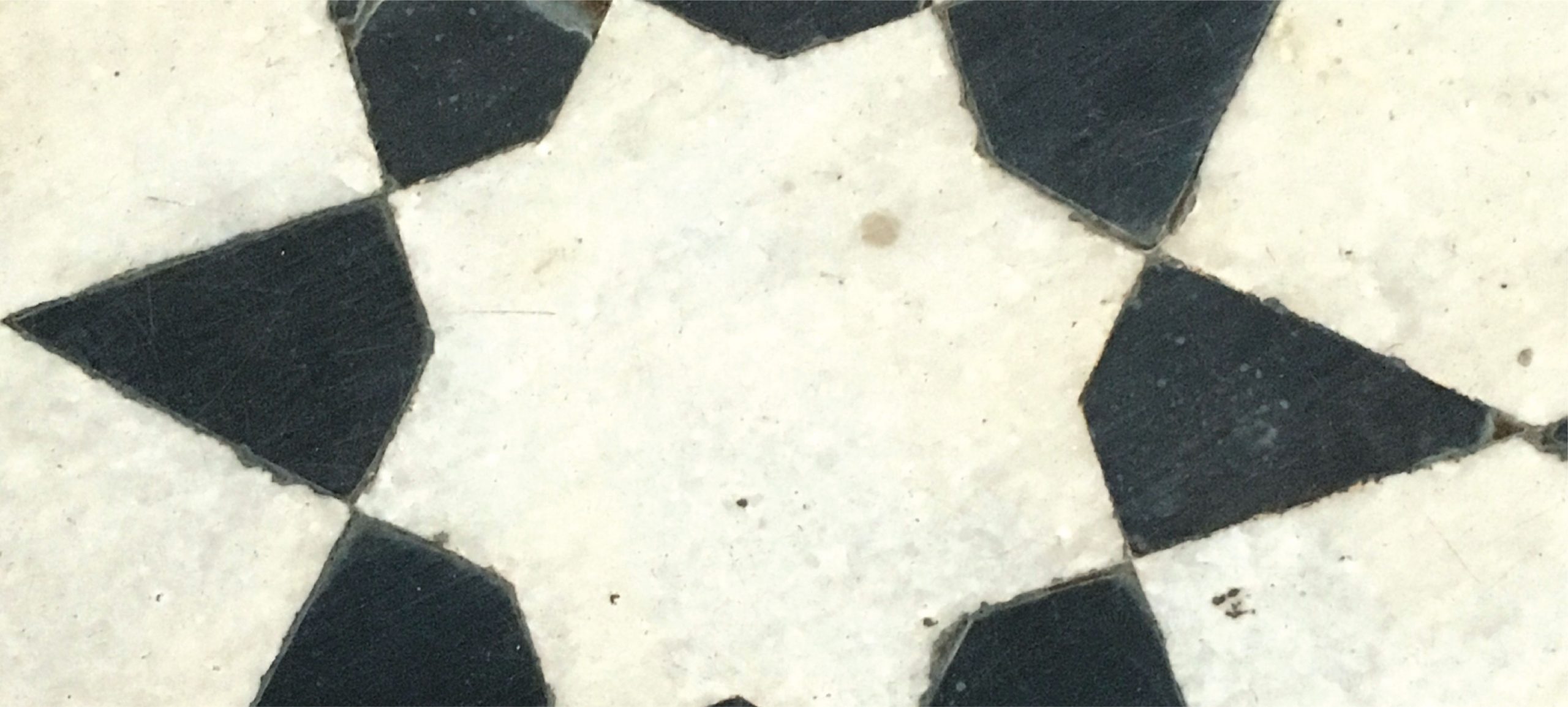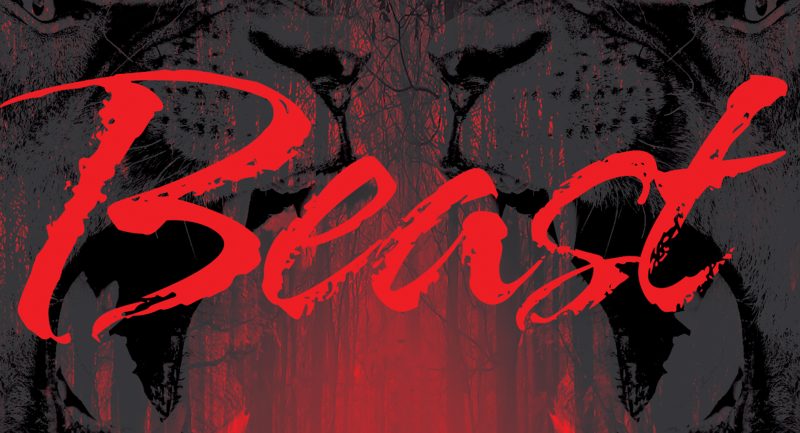
For 230 years, America’s engagement with India, Afghanistan and Pakistan has been characterized by short-term thinking and unintended consequences. Beginning with American traders in India in the eighteenth century, the region has become a locus for American efforts-secular and religious-to remake the world in its image. Even as South Asia has undergone tumultuous and tremendous changes from colonialism to the world wars, the Cold War and globalization, the United States has been a crucial player in regional affairs.
In the definitive history of the US involvement in South Asia, The Most Dangerous Place by Srinath Raghavan presents a gripping account of America’s political and strategic, economic and cultural presence in the region.
Of the many interesting incidents and lesser known anecdotes in the book, one interesting narrative is Mark Twain’s visit to Bombay. Here is an excerpt from it.
————————————————————————————————————————————————–
On a sunny morning in January 1896, the visiting American— decked out in a white suit and straw hat—took a stroll on the outskirts of Bombay. On seeing a row of Indian washermen sweating it out, he asked his guide, ‘Are they breaking those stones with clothes?’ Samuel Langhorne Clemens had kept his sense of humour despite the fact that he had practically been forced to travel to India. A failed venture with a typesetting machine and the bankruptcy of his publishing firm had left Mark Twain ensnared in a web of debt: of over $1,00,000. To shake this off, the fiftyyear- old writer had embarked on a year-long lecture trip covering a hundred cities in Australia and New Zealand, South Africa and the British Isles, Ceylon and India.
In Bombay, Twain’s first appearance was in the Novelty Theatre before an overflowing audience worshipping ‘at the shrine of the world’s great humourist when he made his debut before his first Indian audience’. Twain spoke of, among other things, how there were 352 different kinds of sins, so that ‘the industrious persons could commit them all in one year and be inoculated against all future sins’. He told stories, some apocryphal, about George Washington and other great Americans, and also read a chapter from Tom Sawyer. Twain lunched with the Governor in his official residence and met Jamsetji Tata over dinner.
Like many well-informed Americans of his generation, Mark
Twain had thought of India as a land of fantasy: ‘an imaginary
land—a fairy land, dreamland, a land made of poetry and moonlight
for the Arabian Nights to do their gorgeous miracles in’. Ahead of his trip, he had written jocularly to Kipling, ‘I shall come riding my ayah with his tusks adorned with silver bells and ribbons and escorted by a troop of native howdahs richly clad and mounted upon a herd of wild buffalos; and you must be on hand with a few bottles of ghee, for I shall be thirsty.’3 After spending two months in the country and visiting over sixteen cities and towns, Twain concluded that India was the most interesting country on the planet. But his view of India was a tad more realistic: ‘This is indeed India—the land of dreams and romance, of fabulous wealth and fabulous poverty, of splendor and rags, of palaces and hovels, of tigers and elephants, the cobra and the jungle . . . the one land that all men desire to see, and having seen once, by even a glimpse, would not give that glimpse for the shows of all the rest of the globe combined.’
Twain was a curious and sympathetic traveller. The people, he wrote, were ‘pleasant and accommodating’. ‘They are kindly people . . . The face and bearing that indicate a surly spirit and a bad heart seemed rare among Indians,’ he added. The sight of an Indian servant in his hotel being needlessly struck by a European manager reminded him of his childhood in the American South and the stain of slavery on his own country. The ‘thatched group of native houses’ along the Hooghly River took him back to ‘the negro quarters, familiar to me from nearly forty years ago—and so for six hours this has been the sugar coast of the Mississippi’.5 Even Indian religion and spirituality, of which he had had no high opinion, Twain encountered with an open mind. On the massive Hindu religious festival in Allahabad, he wrote, ‘It is wonderful, the power of a faith like that.’ Meeting an Indian saint in Benares, Twain gave him an autographed copy of Huckleberry Finn and noted his admiration for men who ‘went into the solitudes to live in a hut and study the sacred writings and meditate on virtue and holiness and seek to attain them’. Twain had heard of the storied tradition of ‘thuggee’ or ritual strangling as a boy in America and wrote at inordinate length about it in his account of the passage through India. Nevertheless, he also observed, ‘We white people are merely modified Thugs; Thugs fretting under the restraints of a not very thick skin of civilization.’
All the same, Twain’s views of India were shaped by a sense of civilizational hierarchy. While India was ‘the cradle of human race, birth place of human speech’ and so forth, it was a civilization that had no notion of ‘progress’: ‘repeating and repeating and repeating, century after century, age after age, the barren meaningless process’. India had been the ‘first civilization’ and remained stuck there. If this was redolent of Britain’s ideological justification for the conquest of India, Twain more explicitly endorsed the political rationale of the Raj: ‘Where there are eighty nations and several hundred governments, fighting and quarrelling must be the common business of life; unity of purpose and policy are impossible.’ The beneficence of British rule flowed logically from these premises. ‘When one considers what India was under her Hindoo and Mohammedan rulers, and what she is now; when he remembers the miseries of her millions then and protections and humanities which they enjoy now, he must concede that the most fortunate thing that has ever befallen that empire was the establishment of British supremacy here.’










